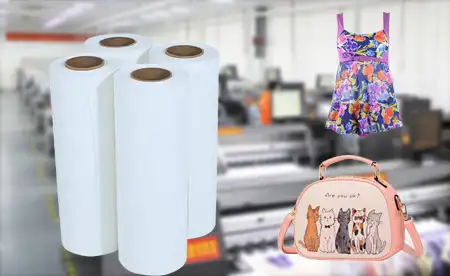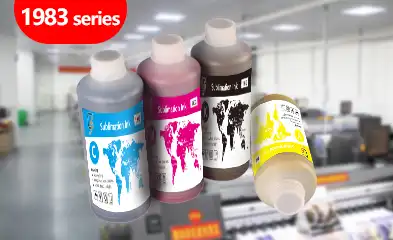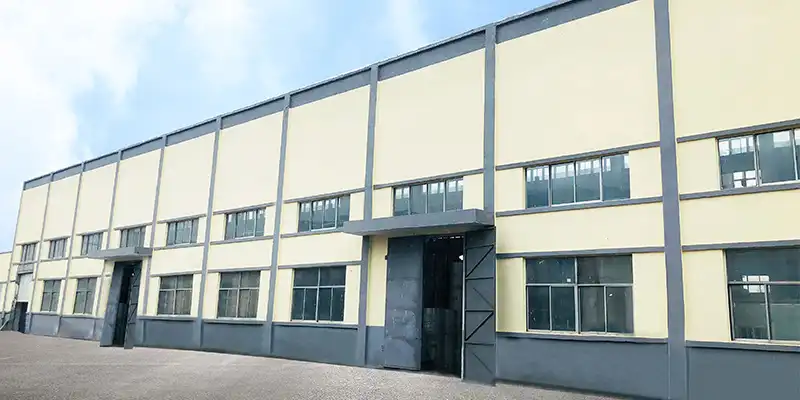HOT SALE
APPLICATION
Phone:+86-15215969856 E-Mail: 396838165@qq.com
Dye sublimation printing is a fantastic way to create bright, sharp designs on fabric. Yet, working with dark-colored textiles, particularly those not made of polyester, can be quite tricky. Getting steady and lively results often feels like a puzzle. A key player in this process is the sublimation paper. In this guide, we’ll dive into how sublimation paper affects the quality of prints on dark fabrics. We’ll also help you pick the best kind for your needs.

Overview of Dye Sublimation on Dark Fabrics
Sublimation printing shines on light-colored polyester materials. This is because the dye turns into a gas and sticks to polyester fibers. Sadly, it faces many hurdles when used on dark fabrics.
Challenges in Sublimating Dark-Colored Textiles
Have you tried sublimation printing on dark fabric before? If so, you might have noticed it often doesn’t work out well. Instead of a bold, colorful image, you end up with a washed-out picture. This happens because sublimation inks are see-through. They don’t have white pigment, so they don’t show up on dark surfaces. On top of that, many dark clothes are made of cotton or mixed fabrics. These don’t pair well with sublimation dyes.
Role of White Base Layers and Special Coatings
To tackle these issues, people often use white heat transfer vinyl (HTV) or flock as a starting layer. This white sublimation HTV works like a clean slate for your design. It helps the colors pop on dark fabric. Some folks also try glow-in-the-dark or shiny HTV to make the design stand out even more.
Importance of Transfer Media in Achieving Quality Results
The transfer media, especially sublimation paper, is super important. It decides how nicely the ink moves from paper to the fabric. Good paper soaks up ink well and lets it go smoothly. This has a big effect on how bright and clear the colors turn out.
Key Properties of Sublimation Paper
Knowing the basic features of sublimation paper can guide you to the right choice for your project.
Ink Absorption and Release Characteristics
Sublimation paper needs to balance two things. It must hold ink while printing and then let it go easily during heat transfer. If the paper doesn’t release well, you might get dull prints or weird shadow effects.
Coating Composition and Weight Considerations
The coating on sublimation paper is made to keep Sublimation Ink in place until heat and pressure move it. Our main products, ranging from 29gsm to 100gsm, come with different coating levels for various uses. Light papers like 29gsm are great for quick jobs. Heavier ones, such as 100gsm, can hold more ink for better results.
Compatibility with Different Printers and Inks
Not every paper works with every Printer or Sublimation Ink. For example, Item No.: Sublimation Ink (High density) in colors like CY, MG, YL, BK is made for specific setups like Epson I3200 nozzles (more than 8 nozzles). These inks match certain printer heads, including Epson I3200 or Atexco Kyocera nozzles.
How Sublimation Paper Influences Print Quality on Dark Fabrics
Picking the right sublimation paper makes a huge difference. It changes how your final print looks on dark materials.
Impact on Color Vibrancy and Accuracy
Colors often lose their punch if you use cheap paper or the wrong mix of materials.
Color Retention During Heat Transfer
Stick to top-notch sublimation paper and ink. This ensures colors stay bright after pressing onto things like white HTV over dark fabric.
Preventing Fading and Dullness on Dark Backgrounds
Using paper with special coatings and high release rates cuts down on dullness. With the right stuff and know-how, sublimation on dark fabric can give amazing, colorful results.
Transfer Efficiency and Ink Release Rate
How well ink moves from paper to fabric decides if your image will be crisp or fuzzy.
Minimizing Ghosting and Blurring Effects
Ghosting happens when things shift during pressing or if heat isn’t even. Quality transfer paper lowers this risk. It spreads ink evenly across the surface.
Ensuring Sharp Image Reproduction
Clear, sharp edges are a must for pro-level work. Papers like 40gsm, with widths from 132cm to 188cm, stay steady during heat pressing. This helps keep images looking neat.

Selecting the Right Sublimation Paper for Dark Fabric Applications
Your choice of sublimation paper should match your equipment and the fabric you’re using.
Factors to Evaluate When Choosing Sublimation Paper
There are a few things to think about when picking the best transfer media.
GSM (Grams per Square Meter) Rating
Higher GSM means thicker paper. It holds more ink but might take longer to dry. For instance, Weight(gsm): 95GSM with Width(cm)/Length(m./roll): up to 183cm/200m works great for detailed designs.
Drying Time and Ink Holding Capacity
Paper that dries fast speeds up your work and cuts down on smudges. High-quality sublimation paper rolls offer quick drying, great transfer rates, and can hold a lot of ink.
Matching Paper Type with Fabric Material and Color Depth
For darker fabrics, using a white HTV base or patch is a must before pressing on your design. This lets the colors show up fully without the dark fabric messing with them.
Techniques to Improve Sublimation Results on Dark Fabrics
Choosing good materials is just the start. You also need to apply them the right way.
Using White Sublimation Vinyl or Flock as a Base Layer
Put down white sublimation HTV or shiny HTV as a base on dark polyester shirts. This sets up a perfect spot for the dye to show its true colors.
Adjusting Heat Press Settings for Optimal Transfer
Get the temperature right, usually between 190–210°C. Set the pressure and time correctly too. This makes sure the dye turns to gas fully without burning the fabric or fading the colors too soon.
Combining High-Quality Inks, Papers, and Equipment
Use eco-friendly solvents that are safe and nontoxic. Look for inks with a wide color range, bright shades, smooth flow, sunproof level 6, and washproof level 4-5. Pair these with matching papers and gear for prints that last, even after many washes.
Common Issues When Using Incompatible or Low-Quality Sublimation Paper
Picking the wrong materials can lead to poor results.
Incomplete Transfers or Patchy Prints
Cheap papers might not hold enough ink. Or they could fail to release it well. This causes parts of the image to miss the fabric completely.
Bleeding, Smudging, or Color Shifts After Pressing
Bad coatings can let dye spread where it shouldn’t. This leads to blurry lines or wrong colors after pressing. It’s especially noticeable on white vinyl bases over black clothes.
Introducing Changfa Digital as a Trusted Supplier in the Industry
For companies looking for a solid partner in digital textile printing, Changfa Digital stands out. They’ve been a top sublimation paper maker for over 15 years. As a factory for sublimation papers, their long history guarantees steady quality across the world.
Wide Range of Products Offered by Changfa Digital
They provide all sorts of sublimation paper and digital printing services. This includes custom OEM/ODM options to fit each client’s needs.
High-Performance Sublimation Papers Designed for Various Applications
Their main products range from 29gsm to 100gsm with widths of 61cm to 190cm. These are built to handle different Printer sizes and projects, from sportswear to home décor fabrics.
Reliable Printers, Heat Transfer Machines, Inks, and Tissue Papers Available Globally
Changfa Digital brought in a top-notch coating line from Germany for sublimation paper. They make 3000 tons each month, showing their huge production strength.

Summary of Key Insights on Using Sublimation Paper for Dark Fabrics
Printing on dark textiles isn’t simple. It takes careful steps at every stage.
Role of High-Quality Transfer Paper in Achieving Consistent Results
A trustworthy transfer medium makes sure colors come out fully. It prevents spots or ghosting, which is key when using white vinyl bases on black clothes.
Importance of Product Compatibility Across the Entire Sublimation Workflow
Everything needs to work together. From Printer specs to ink types and GSM ratings, all parts must match up. Only then will you get pro-level results every time.
FAQs:
Q1: Can I sublimate directly onto black cotton t-shirts?
A: Nope. Cotton doesn’t stick well with sublimation dyes. Plus, black soaks up all light. You’ll need a white base layer like HTV first. Then apply your design with good sublimation paper.
Q2: What GSM rating should I choose for detailed graphic prints?
A: For complex designs needing sharp lines and bold colors on vinyl over dark fabrics, go for higher GSM like 90GSM–100GSM. These stay firm during heat pressing and hold more ink well.
Q3: Is it worth investing in branded high-performance sublimation papers?
A: Yes, for sure! Top-quality sublimation paper rolls with fast drying and great transfer rates boost your work speed. They also ensure bright, lasting prints, even after lots of washes.







